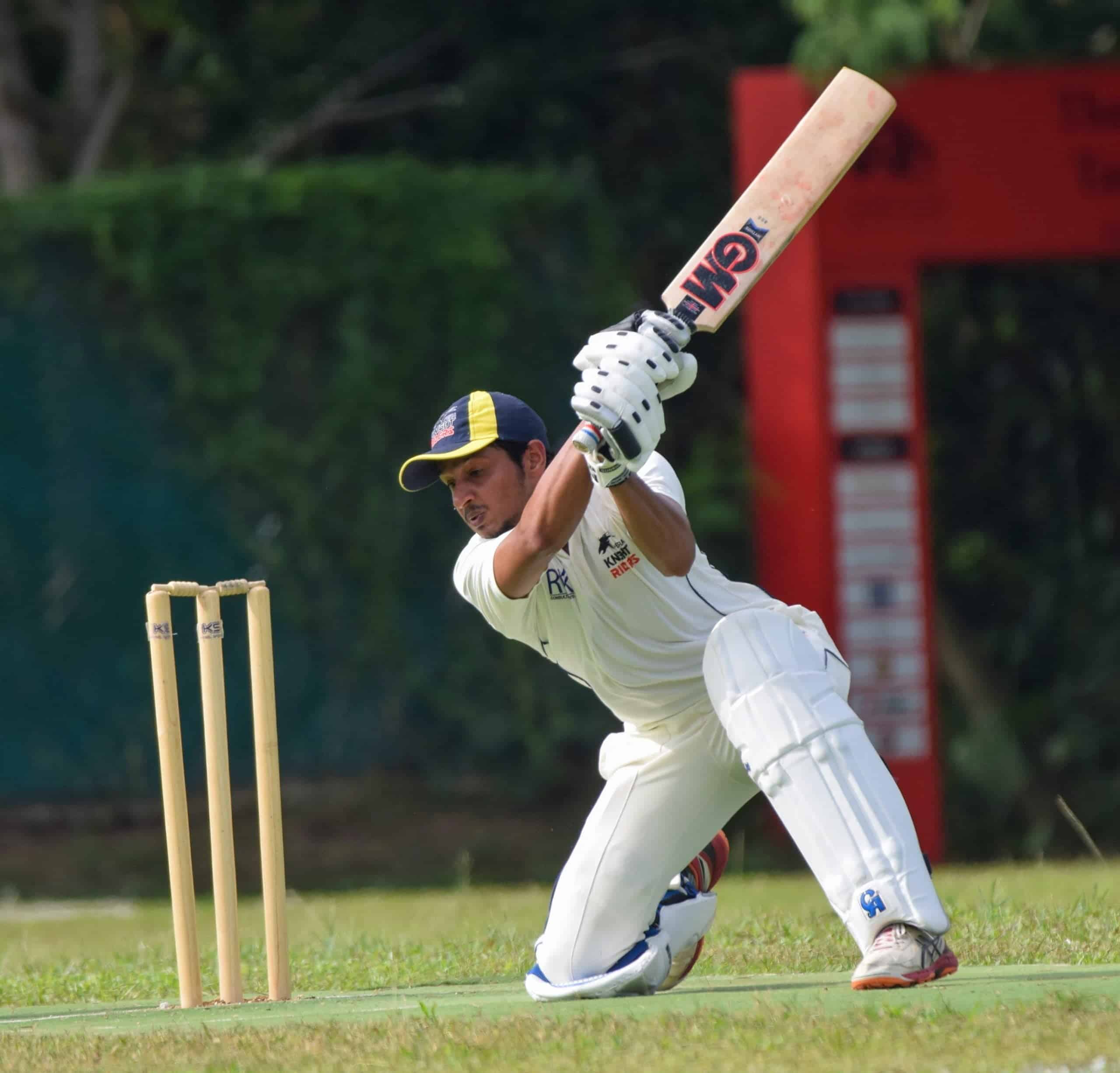Bowlers who took the most wickets in ODI cricket
One day cricket’s Mahasangam i.e. World Cup 2021 is being played in England. For fans watching cricket, this opportunity is not less than a gift. At this time, he reverses all the information of cricket and in this episode, today we will tell you which bowlers are the most wickets in the ODI history of cricket –
Muttiah Muralitharan
Who doesn’t know this Sri Lankan off-spinner? Muralitharan has created a record by taking 534 wickets in ODI cricket.
Bowlers
Wasim Akram (Wasim Akram)
Born in Pakistan played scared all the batter from the bowler. Wasim Akram has won his iron with 502 wickets in ODI cricket.
Waqar Younis (Waqar Younis)
Pakistan’s second player Waqar Younis has taken 416 wickets in ODI cricket. Waqar Younis was also no less in intimidating the batsmen.
Chaminda Vaas (Chaminda Vaas)
the bowler Sri Lanka has achieved 400 wickets in one-day cricket. There have been many matches in which Chaminda Vaas has single-handedly defeated opponents.
Shahid Afridi
There is no doubt that there have been more than one world-class bowler from Pakistan, and Shahid Afridi is also named in them. Shahid Afridi has achieved his position as a great all-rounder with 395 wickets in ODI cricket.
Shaan Pollock
This all rounder of the Shaan Pollock South African team holds its own place. With 393 wickets in 303 matches in total, Shaan Pollock is firmly in the list of most wicket-takers.
Glenn McGrath
This Australian bowler holds the record for most wickets in the World Cup. However, it has immortalized its bowling with 381 wickets in total ODIs. All bowlers try to bowl accurately like Glenn McGrath.
Brett Lee
Another Australian fast bowler, holds his place in the list of most wicket takers with 380 wickets. Brett Lee has been one of the fastest bowlers in the world.
Anil Kumble
Indian spinner Anil Kumble is also in the list of most wicket takers in ODI cricket. He has taken 337 wickets in ODI cricket.
Sanat Jayasuriya
This Sri Lankan explosive batsman has also been a great bowler and he has managed to get his iron in ODI cricket with 333 wickets in the best manner.
What is the Duckworth Lewis Rule and how did it come into cricket?
What is Duckworth Lewis Rules and how did it come into cricket
It was a big deal for South Africa playing their World Cup for the first time in 1992 that they had reached the semi-finals. In the battle to reach their semi-finals, South Africa defeated countries such as India, Pakistan, West Indies and Zimbabwe. It was a pity that South Africa, which had come very close to victory, had to face defeat. Many people understand that South Africa’s defeat in this match was due to the Duckworth Lewis rule, but by then this rule had not even come into existence!
Talking about the details of this match, South Africa needed 22 runs from 13 balls to defeat England, but at the same time the game was stopped due to rain.
Exactly 10 minutes later, when the South African batsmen came to the ground for a rainy stop, the new target on the scoreboard was 21 runs off a ball! Apparently everyone was shocked to see this.
The commentary of this match was also heard by a British statistician (statistician) Frank Duckworth and thought that it is necessary to solve this problem. Duckworth then presented a research in the Roy Statistical Society in 1992, titled “Fair play in bad weather”. However, this rule was not made by then.
Meanwhile, lecturer Tony Lewis of the University of the West of England helped Mr. Duckworth and the two together formulated their formula called the Duckworth Lewis Rule. Later this rule reached the ICC and then in 1997 the Duckworth Lewis rule was implemented for the first time. The match was between Zimbabwe and England, which was won by Zimbabwe.
After this match, the rule was also used in New Zealand, West Indies, India, Pakistan and South Africa in 1998, while the International Cricket Board incorporated this rule in 1999 in the World Cup. However, it was not the turn to use this rule in that World Cup. Officially, the ICC accepted this rule on a trial basis in all cricket formats in 2001 and then became a part of the Duckworth Lewis Rules ICC in 2004.
Duckworth and Lewis then retired and then Professor Steve Stern patterned it and thus in 2014 the rule became known as Duckworth Lewis Stern (DLS). Talking about statistics, till now this rule has been used in more than 200 matches. Apparently this is a large figure.
Conclusion:
Because of the Duckworth-Lewis rule, the team that wins the match many times loses as well and that is why the cricket lovers sometimes call this rule as a compulsion and sometimes praise it. While there is criticism to win, the system of two English statistical experts Frank Duckworth and Tony Lewis has made it a good rule to take the game forward by resolving any match blockage due to bad weather or geographical conditions.
However, the complexity of Duckworth Lewis is not so easy to understand.
Duckworth Lewis was included in all cricket formats by the ICC after a controversial run target in the match between South Africa and England during the 1992 World Cup and has continued unabated ever since.
From time to time, voices have been raised about this rule, but it is still continuing in the game of cricket. Even jokingly, it goes so far that none except Frank Duckworth and Tony Lewis fully understood this rule!
Regarding this rule of what you have to say, please enter your feedback in the comment-box.

